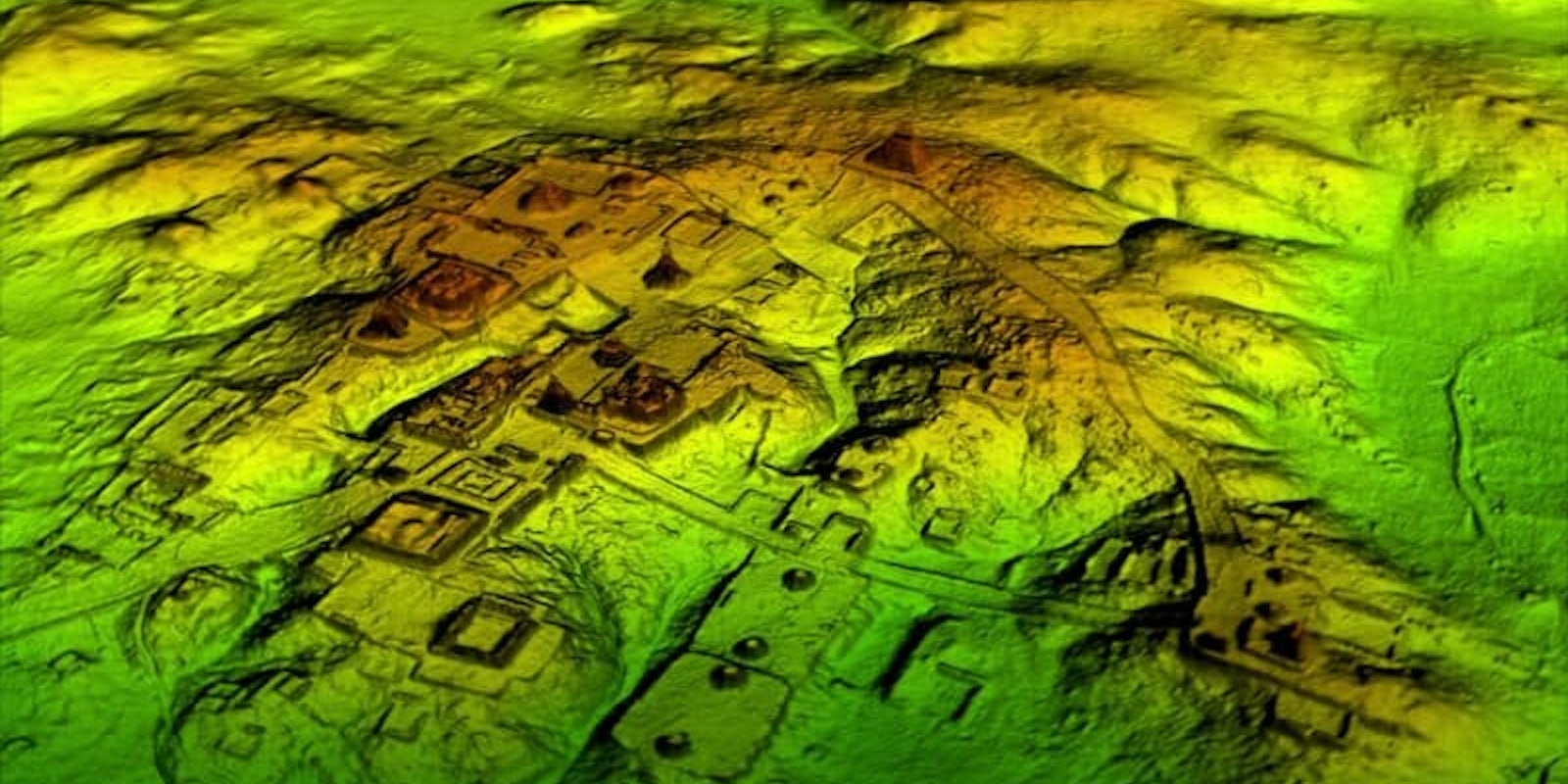New technology helped a team of archeologists uncover the ruins of a sprawling Maya “megalopolis,” a discovery researchers believe will fundamentally change the way we think of the Mesoamerican civilization, according to a National Geographic report.
Considered a “major breakthrough,” more than 60,000 human-made structures, including roads, highways, and palaces, were found hidden in dense jungles in the Petén region of northern Guatemala by the PACUNAM Foundation, a Maya heritage organization. The researchers who discovered the ruins used Light Detection and Ranging (LIDAR), a new remote sensing technology that’s similar to radar but bounces light from a laser off the ground. It’s the same technology being used in self-driving vehicles.
LIDAR is especially useful for unearthing hidden cities because it can pierce through thick foliage. It works by sending millions of laser pulses from a drone or helicopter to the ground. The lasers pick up wavelength measurements as they bounce back up. The measurements are then converted into a 3D image and used with augmented reality software. This gives researchers a digital view of objects that are invisible to the human eye. As Motherboard points out, the technology was previously used to find ancient relics in northwest Cambodia and Belize.
The previously unknown areas of Maya cities are located near other historic sites, like Tikal, Holmul, and Witzna. Images from the LIDAR study suggest that an advanced civilization existed in South America that was more similar to sophisticated cultures like ancient Greece or China, than previously expected. Scholars also believe the scale and population density of these areas have been greatly underestimated. The report said that, at its peak in A.D. 250-900, the civilization was larger than twice the size of medieval England and more densely populated.
“Most people had been comfortable with population estimates of around 5 million,” Francisco Estrada-Belli, an archaeologist director in Holmul, Guatemala, told National Geographic. “With this new data it’s no longer unreasonable to think that there were 10 to 15 million people there—including many living in low-lying, swampy areas that many of us had thought uninhabitable.”
Other findings that have scholars rethinking history include “meticulously planned” canals, dikes, and reservoirs capable of supplying complex agricultural systems that could feed the masses. Another surprising discovery is a network of wide highways that connected virtually all Maya cities, which contradicts past teachings that people from the region were isolated and self-sufficient.
“We’ll need 100 years to go through all [the data] and really understand what we’re seeing,” Estrada-Belli said.
The newly unveiled cities will be discussed in a documentary called Lost Treasures of the Maya Snake Kings, set to premiere on Tuesday, Feb. 6. on the National Geographic channel.


